Nanotechnology: A Real Therapeutic Revolution
A key exploration region to confront the drug business' R&D challenges
How Nanoscience is so effective in Medical sector?
Nanotechnology addresses a key examination region to confront the pharmaceutical' R&D challenges. Nanotechnology-based medications have effectively discovered achievement from industrial point of view. This overall pattern, had expanded in the coming years. Nanotechnology addresses a genuine remedial transformation, as it will make it conceivable to duplicate the quantity of dynamic fixings that are possibility for creating prescriptions and, thusly, in the long haul, the quantity of helpful arrangements accessible for the treatment of infections.
Enroll now and get a COURSE RELEVANT TO YOUR DISCIPLINE!
Here’s How Health Sector is Emerging through Nano
The nanoparticles in Healthcare sector offers plenty of advantages over conventional forms, for example reduced toxicity, enhanced bio distribution, and improved patient compliance.
Here’s the future scope about the Nano in medical sector
By providing opportunities, scope, and new nanotechnology tools, nanotechnology has a huge impact on a variety of fields including disease prognosis, diagnosis, and treatment of disease.
Potential Application of Nano in Clinical Therapeutics
Nanotechnology in the Pharmaceutical and medical sector is a promising revolution
Here are few glimpse to latest innovation
The latest trend in Bio- medical & Pharmacy is more about Bio-Imaging, Tissue -Engineering and Drug Discovery
materials and thus, redefining their roles as Innovators.

Computational Cures: In-silico Drug Designing
This project accelerates drug discovery using computer-based methods and simulations. It employs molecular modeling and virtual screening to predict interactions between drug candidates and target proteins. By analyzing binding affinity and stability, researchers can select and optimize promising compounds. This approach reduces time and cost in bringing new drugs to market. It holds potential for faster discovery of effective treatments for various diseases.

Gene Mappers: Genomics Analysis
This project decodes gene functions and roles in biological processes through advanced genomic technologies. Researchers study gene expression, mutations, and interactions to inform personalized medicine and targeted therapies. The project identifies genetic variants and biomarkers for specific conditions, advancing diagnostic and therapeutic innovations. Gene Mappers enhances our understanding of genetics, contributing to improved healthcare outcomes.
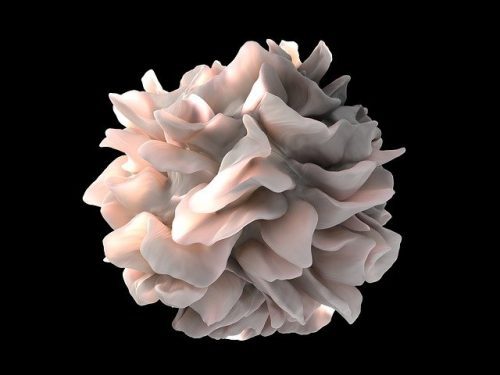
Next-Gen Vaccines: Vaccine Designing
This project ocuses on designing advanced vaccines using cutting-edge technologies. Through computational modeling and simulation techniques, the project identifies optimal antigen targets and formulations. It aims to develop more effective and targeted vaccines, enhancing their efficacy and efficiency. Additionally, the project addresses challenges related to vaccine safety and long-term immunogenicity. Next-Gen Vaccines project aims to revolutionize vaccine development for improved disease prevention.
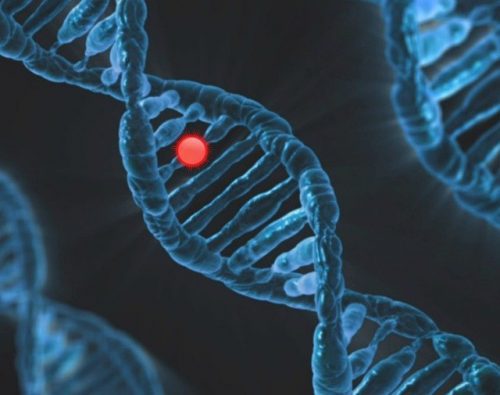
Gene Silencers:
siRNA Designing
This project focuses on the design and development of small interfering RNA (siRNA) molecules for gene silencing. Using advanced computational algorithms and techniques, researchers identify specific siRNAs that can effectively target and silence genes of interest. The project aims to enhance our understanding of gene regulation and develop innovative therapies for various diseases. By designing siRNAs with high specificity and efficiency, Gene Silencers project holds the potential to revolutionize gene therapy and precision medicine approaches.
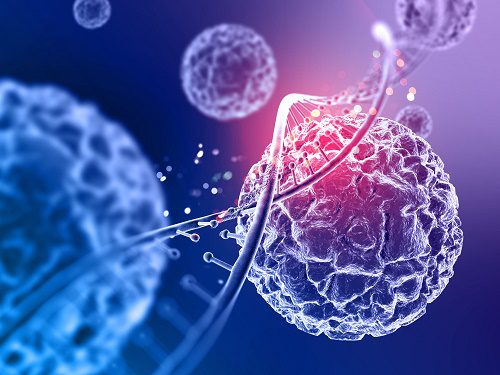
Evolutionary Detectives: Phylogenetic Analysis
This project employs phylogenetic analysis to unravel the evolutionary relationships and genetic history of organisms. By examining DNA sequences and using computational algorithms, researchers trace the evolutionary paths of species and infer ancestral relationships. This project sheds light on the diversification, adaptation, and shared ancestry of organisms across different taxa. The findings contribute to our understanding of evolution, biodiversity, and conservation.
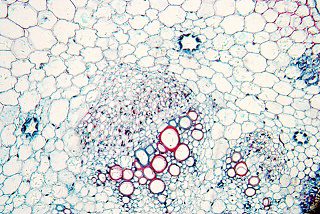
Designing Algorithms for Replication, Transcription, and Translation of Genes of severe Diseases
This project focuses on developing advanced computational algorithms to understand and model the processes involved in gene replication, transcription, and translation. By studying the intricate mechanisms of these fundamental biological processes, researchers aim to gain insights into severe diseases at the genetic level. The project's objective is to improve our understanding of disease mechanisms and identify potential therapeutic targets.
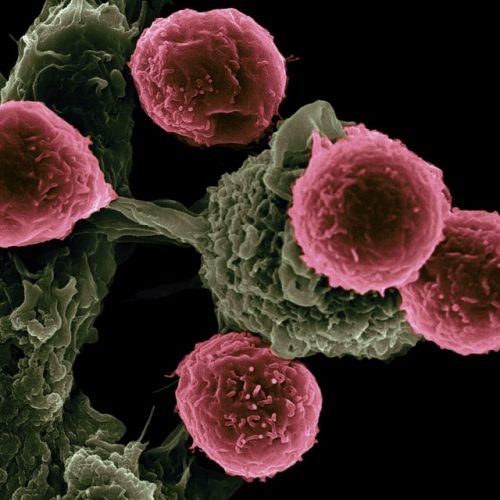
Designing of Primers using Perl Language
This project involves utilizing the programming language Perl to develop efficient algorithms and scripts for designing DNA primers. Primers are essential in various molecular biology techniques like PCR, where they enable DNA amplification. By leveraging Perl's powerful features, researchers can create customized tools that consider factors such as primer specificity, melting temperature, and secondary structures. Perl's versatility and robustness make it an ideal language for automating and streamlining the primer design process, enabling more efficient and accurate experimental workflows in molecular biology research.

Algorithm for Identifying Nucleotides using Perl Language
This project focuses on developing computational methods and scripts to accurately identify and analyze nucleotides within DNA or RNA sequences. Leveraging Perl's programming capabilities, researchers can create efficient algorithms for tasks like sequence parsing, pattern matching, and nucleotide motif identification. Perl's flexible syntax and powerful text manipulation features make it well-suited for these tasks. This algorithmic approach enables precise nucleotide identification, contributing to advancements in genomics, molecular biology, and genetic research.
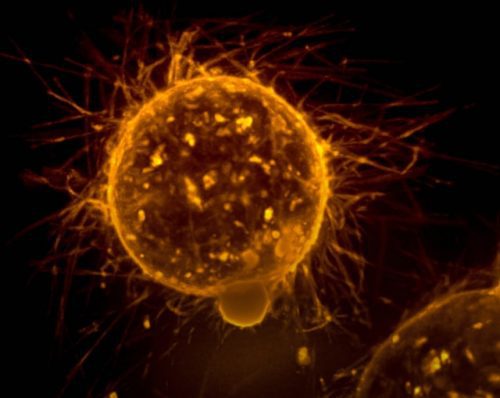
Prediction of Sequence of Proteins expressed from a Gene using Perl Language
This project involves using Perl programming to predict the amino acid sequence of a protein encoded by a gene. Researchers analyze DNA sequences, identify coding regions, and translate them into protein sequences based on the genetic code. This computational approach aids in understanding gene expression and protein structure, contributing to advancements in genomics and molecular biology research.

The Featured Projects
Project customized specially for Biomedical & Pharma stakeholders who wish to upgrade their skills as per industry
requirements.
Get started now!
Want to know more Projects ?
sUGGESTED COURSES
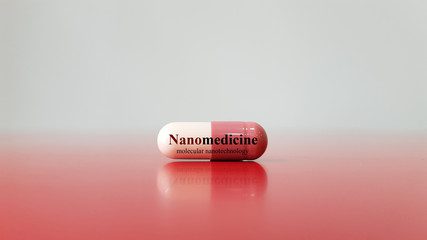
Ample of research effort is going on in application of nanotechnology on therapeutic segments. This program imparts students with a strong scientific foundation for the design and development of a wide array of nanotechnology-based biocompatible products with advanced drug delivery functionality.

Nanopharmaceuticals represent an emerging field where the sizes of the drug particle or a therapeutic delivery system work at the nanoscale. In the pharmaceutical industry, a long standing issue is the difficulty of delivering the appropriate dose of a particular active agent to specific disease site.

This unique flagship interdisciplinary program offers the possibility of understanding the smallest structural features of a cell or tissue, and using that knowledge to develop medical devices or treatments that will work on a scale 100,000 times smaller than the diameter of the average human hair.

Nanotechnology has affected nearly every field of Engineering and Science but most of the innovation and funding in Nanotechnology came from Electronics giants. Marketing and making of Nano gadgets started from the computers and mobiles which are the only machines made at Nano scale that were available economically in the market at a very early stage.
Each Courses and its Modules are selectively developed to give best of real life and market knowledge.
Focused Courses
Well Researched Modules
Latest Knowledge
Industry & Skill Orientation


Essential Takeaways for Civil Engineering students:
- B. Tech students to have insights on what are the latest developments across globe
- M. Tech students can find interesting Research topics to work and solve Civil / construction Industrial challenges
- Researchers can find better ways to handle mission critical research and develop path breaking products.
- Opportunity to write and Publish Research Project and Get Live Industry relevant challenges to work on.
Course Benefits:
Learn directly from experts
Ideal for Major/ Minor projects and dissertation
Self-Study Course Material.
Prepare Live Projects
Get to know real-time environmental Issues
Award Of Statement Of Marks
Learn the smarter way from home
Independent knowledge enhancement
Award Of Certificate
Note: Beneficiaries
- Under-Graduates (B. Sc., B.Tech., B.E)
- Post- Graduates (M. Sc., M. Tech, M.E)
- Industrial people/ Researchers/ Academicians
Streams: Biology, Physics, Chemistry, Biotechnology, Microbiology, Pharmaceutical, Nanoscience & Technology, Materials Science, Metallurgy, , Polymer, Chemical.

